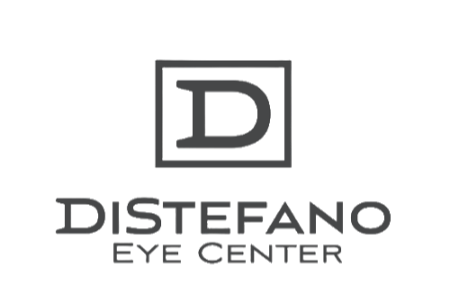Laser-Assisted Cataract Microsurgery
Cataract surgery has a high degree of success. One and a half million people have this procedure every year in the United States and 95% have a successful result. As with any surgical procedure, complications can occur during or after surgery, and some are severe enough to limit vision. But in most cases, vision, as well as quality of life, improves.
With a routine, outpatient surgical procedure, we can remove the cataract. Usually a synthetic intraocular lens (IOL) is inserted at the time of cataract extraction to replace the focusing power of the natural lens. IOL’s can be monovision (fixed-focus for a preset distance) or multifocal, which allows focused vision at many distances. The time to have cataract surgery is when the cataract is affecting your vision enough to interfere with your normal lifestyle.
Cataract microsurgery is performed by making a multi-plane (zig-zag) incision where the sclera meets the cornea, using ultrasound or laser energy to break up the old, cloudy lens, then removing it, and replacing it with a new intraocular lens (IOL). The incision can be made by a blade, but there are advantages to using new laser technology.
The reason the incision is made along two or three planes is so it can be self-healing, without the need for stitches. A good surgeon can make the incision by hand, but using a laser to make the incision can allow the physician to be more precise, especially when the laser is used in conjunction with new eye-mapping software that can specifically pinpoint where the incision should be made, its depth, and its width.
Laser technology can also assist in the removal of the old lens. The lens is contained in a capsule, so the first step in is removal is a capsulotomy, an incision in the capsule that should be centered and precise. Again, the laser assists in the precision location of the incision, which can make placement of the IOL better and improve final visual outcome.
The second step in lens removal is breaking up the old lens. Ultrasound energy is used in traditional cataract surgery to break up the old lens and allow it to be removed. If too much energy is required, it can generate heat, which can affect the incision. Laser technology instead of ultrasound tends to soften the lens as it breaks it up, requiring less energy. Better energy control can also be beneficial in keeping the capsule intact–critical for surgery success.
Laser technology can also be used to correct astigmatism during surgery. Astigmatism is caused by the cornea being more curved along one axis than another. By mapping the cornea before surgery, the surgeon can make the incision on the side of the cornea that needs correction, fixing a second issue as he or she replaces the damaged lens.
The DiStefano Laser Center in Chattanooga specializes in laser-assisted cataract microsurgery. To learn more about the procedure and how it can benefit you, schedule an appointment. Our staff will walk you through all aspects of surgery, potential outcomes, and what you should expect. You’ll have all the information you need to make the right decision for your eye health.
LASIK surgery changed my life. I'm more productive and more active than ever. I wish I'd done it sooner. Dr. Distefano and her staff were amazing!
Roger L.Appointments
Schedule an appointment at either of our offices.


